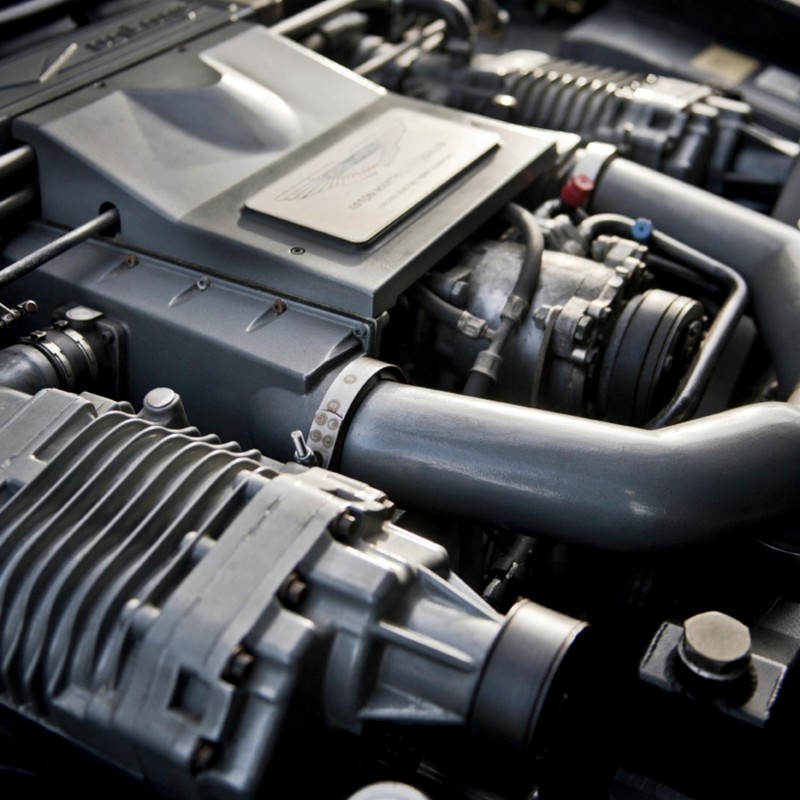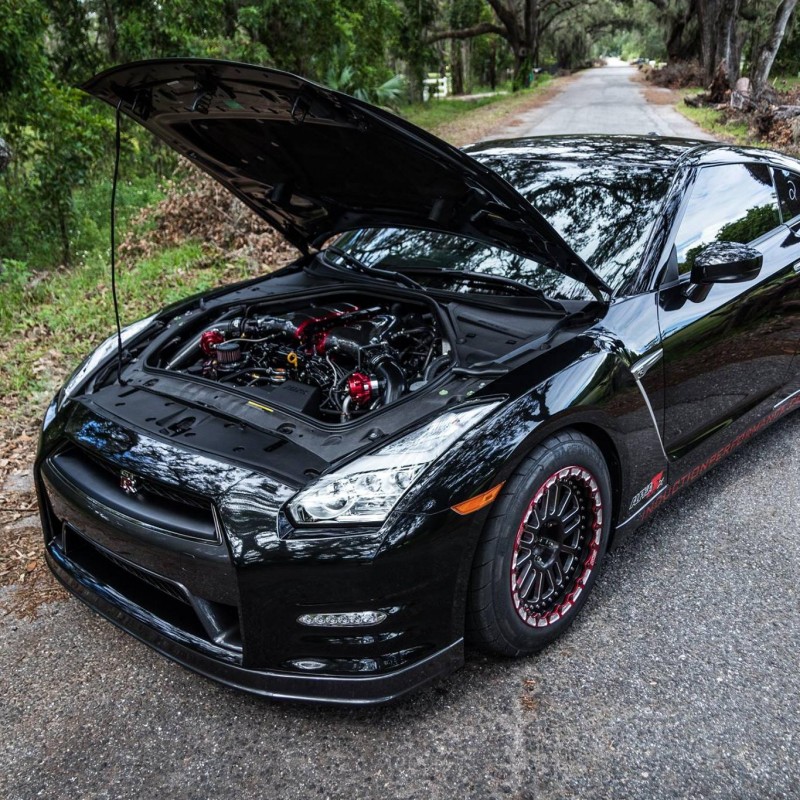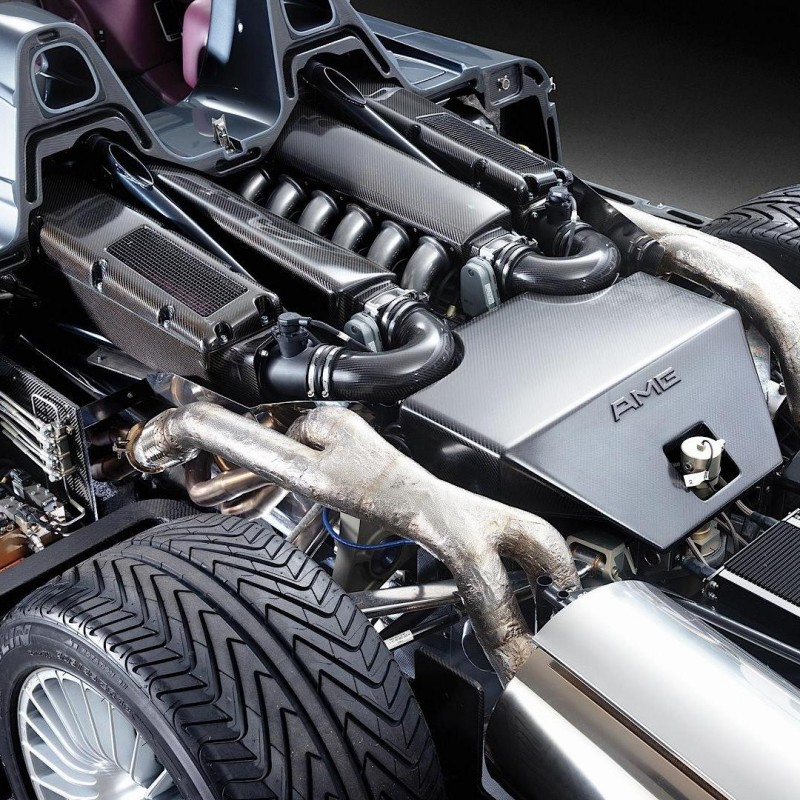Electric starter motors are pivotal components in modern vehicles, responsible for initiating the engine’s operation. These electric machines convert electrical energy into mechanical power, enabling you to crank the engine with just a turn of the key (or push of a button). As vehicles evolve with advancing technologies, understanding the intricacies of electric starter motors becomes essential for any car owner or enthusiast. In this comprehensive guide, we’ll delve into how electric starter motors function, explore the various types, discuss common issues and solutions, and provide essential information on maintenance and replacement. Whether you’re a gearhead wanting to understand your vehicle better or someone looking for practical advice, this article covers all aspects of electric starter motors.
The Basics of Electric Starter Motors
What is an Electric Starter Motor?
An electric starter motor is a small, powerful electric motor designed to start engines found in cars, motorcycles, boats, and other machinery. The primary function is to convert electrical energy stored in the battery into mechanical energy, allowing the engine to turn over and begin the combustion process.
History of Electric Starter Motors
Before the advent of electric starter motors, vehicles relied on manual cranking systems, which required considerable physical effort and could be dangerous. The first electric starter motor was developed in the early 20th century, revolutionizing the automotive industry. Since then, electric starter motors have become standard equipment in virtually all modern vehicles, paving the way for easier and more accessible vehicle operation.
Anatomy of an Electric Starter Motor
A typical electric starter motor consists of several essential components, including:
- Armature: The rotating component that turns when electrical current passes through.
- Field Windings: These generate a magnetic field that helps turn the armature.
- Commutator: A switch that ensures the current flows in the right direction as the motor turns, maintaining consistent operation.
- Drive Gear (Pinion): This engages with the engine’s flywheel to initiate rotation.
- Solenoid: An electro-mechanical switch that activates the starter motor when the ignition key is turned.
How Electric Starter Motors Work
The Starting Process
When you turn the ignition key, the battery sends electric current to the starter motor’s solenoid. The solenoid, acting as a relay, engages and powers the electric starter motor. Here’s a breakdown of how it happens step-by-step:
- Energy Transmission: The electrical current flows through the ignition switch to the solenoid, which connects the battery to the starter motor.
- Engagement: The solenoid pushes the starter motor’s drive gear (pinion) forward, engaging with the engine’s flywheel.
- Motor Activation: Once engaged, the electric starter motor draws power from the battery, causing the armature to spin rapidly. This rotation generates mechanical energy necessary to crank the engine.
- Engine Combustion: The engine cycles through its compression and ignition strokes as it turns, initiating combustion.
- Disengagement: Once the engine starts, the solenoid disengages the drive gear from the flywheel, allowing the starter motor to stop spinning.
The Role of the Battery
The battery plays a crucial role in the functionality of electric starter motors. It provides the necessary electrical energy needed for motor operation. A weak or dead battery can lead to insufficient power for starting the engine, resulting in a no-start condition. Regular battery maintenance is vital for ensuring the longevity and performance of your starter motor.
Types of Electric Starter Motors
Permanent Magnet Starter Motors
Permanent magnet starter motors are compact and lightweight, using permanent magnets to generate the necessary magnetic field. Due to their design, they typically provide higher torque at lower power consumption levels, making them efficient for starting applications. These motors are commonly found in smaller vehicles and motorcycles.
Series Wound Starter Motors
Series wound starter motors utilize a series winding configuration, which enhances starting torque. They are robust and can handle heavy loads, making them suitable for larger vehicles and trucks. However, they may generate more heat and consume more energy compared to permanent magnet motors.
Differential Gear Starter Motors
Differential gear starter motors feature a unique design that enables them to provide varying torque levels based on the power supplied. These motors are often found in racing applications and high-performance vehicles, where quick acceleration and responsive starting are paramount.
Gear Reduction Starter Motors
Gear reduction starter motors incorporate a gear ratio design that allows for higher torque output compared to a direct drive system. By using a smaller motor to drive a larger gear, these motors enable efficient engine cranking while consuming less power. Gear reduction starter motors are widely used in various applications, including heavy-duty trucks and high-performance vehicles.
Common Issues with Electric Starter Motors
Symptoms of Starter Motor Problems
Diagnosing starter motor issues can be tricky, but several common symptoms often indicate malfunction:
- Clicking Sound: If the starter motor produces a rapid clicking noise but does not engage, it may indicate low battery voltage or a failing solenoid.
- Grinding Noise: A grinding sound while starting often suggests that the drive gear is not fully engaging with the flywheel, indicating potential wear or damage.
- Intermittent Function: If the starter motor engages only sporadically, it may mean there’s a faulty electrical connection, worn solenoid, or issues within the motor itself.
- No Response: If there’s no sound or action when you turn the key, verify the battery’s charge. This could also signal a broken wire or blown fuse.
Diagnostic Steps
When troubleshooting a faulty electric starter motor, consider the following diagnostic steps:
- Check the Battery: Measure the battery voltage to ensure it is properly charged. A battery with less than 12.4 volts may not provide sufficient power for the starter motor.
- Inspect Connections: Examine all electrical connections, ensuring they are tight, clean, and free of corrosion.
- Test the Solenoid: Bypass the ignition switch and energize the solenoid directly to check if it engages the starter motor.
- Assess the Motor: If previous steps look good, it may be time to remove the starter motor for a more thorough inspection.
Maintenance Tips for Electric Starter Motors
Regular Inspections
To extend the lifespan of electric starter motors, periodic inspections are vital. Checking for signs of wear, corrosion, or damage on electrical connections can help ensure your vehicle starts reliably. Additionally, inspect the battery and ensure the correct fluid levels are maintained.
Battery Maintenance
Since the starter motor relies heavily on battery performance, keeping your battery in excellent condition is crucial. Regularly check the battery voltage, clean the terminals, and ensure connections are secure. Consider using a battery maintainer if you’re not using the vehicle for extended periods.
Keep Connections Clean
Corroded or dirty connections can lead to poor performance and starting issues. Regularly cleaning and tightening all electrical connections can prevent premature wear on both the starter motor and battery.
Listen for Signs of Trouble
Pay attention to any unusual noises or changes in performance when starting your vehicle. Early detection of starter motor issues can prevent unnecessary breakdowns and costly repairs.
Replacement of Electric Starter Motors
When to Replace
If diagnostics reveal a failing starter motor, or if it exhibits consistent symptoms that compromise reliability, replacement may be necessary. Common scenarios warranting replacement include:
- Constant grinding noises during start-up.
- Worn out drive gears.
- Failure to engage despite a fully charged battery.
Selecting the Right Starter Motor
When selecting a replacement starter motor, ensure that it is compatible with your vehicle’s make and model. Consider the following factors:
- OEM vs. Aftermarket: Original Equipment Manufacturer (OEM) parts typically offer higher quality and reliability compared to some aftermarket options. However, aftermarket products may be more affordable.
- Torque Ratings: Ensure that the new motor meets or exceeds your vehicle’s manufacturer specifications for torque output and power requirements.
- Warranty Information: Always check for any warranties offered by manufacturers or retailers. A solid warranty can provide peace of mind for a new purchase.
Installation Approach
If replacing the starter motor yourself, follow these general steps:
- Disconnect the Battery: Always disconnect the battery before beginning any work on electrical systems to prevent shock or damage.
- Remove Existing Starter Motor: Locate and detach the starter motor from the vehicle, noting the position and connection of wires.
- Install New Starter Motor: Secure the new starter motor in place, connecting all electrical wires as they were initially.
- Reconnect Battery: Once everything is in place, reconnect the battery and test the starter motor function.

Conclusion
In conclusion, understanding the function and importance of electric starter motors is essential for any vehicle owner. They are integral to the smooth operation of the engine, enabling effortless ignition at the turn of a key. While electric starter motors are generally reliable, they can encounter issues over time, necessitating proper maintenance and timely replacement.
By recognizing the symptoms of starter motor problems, performing regular inspections, and caring for the battery, you can prolong the lifespan of this crucial component. If replacements arise, always select quality parts and follow proper installation methods to ensure your vehicle remains dependable. Electric starter motors are a noteworthy technological advancement that significantly simplifies vehicle operation and provides drivers with the convenience they expect in today’s automobiles.
As we look toward the future, advancements in starter motor technology promise increased reliability and efficiency for all vehicles—be it gas, diesel, or electric. Understanding and caring for these components can spell the difference between a smooth drive and frustrating breakdowns, making your knowledge around electric starter motors invaluable for your automotive journey.